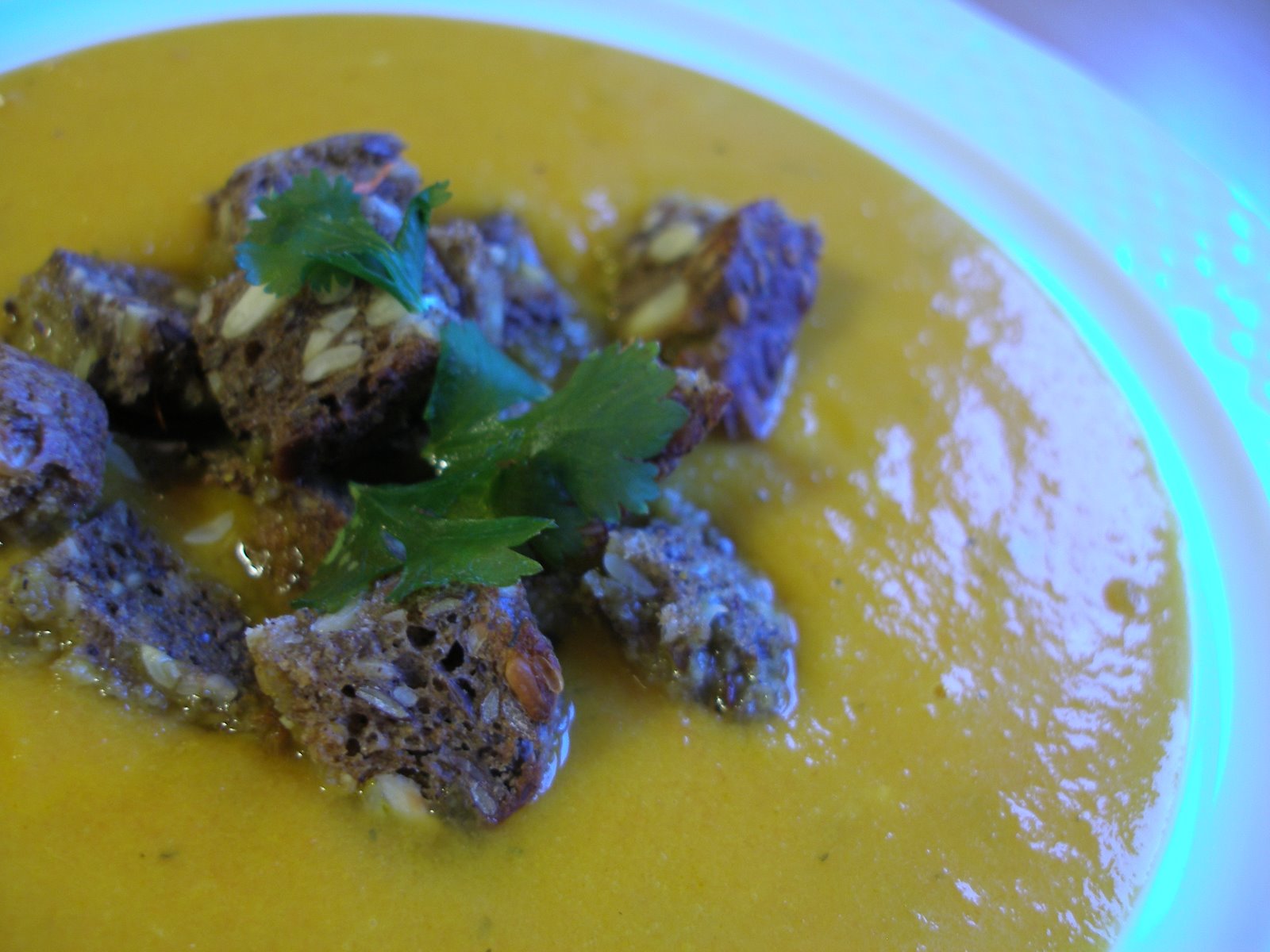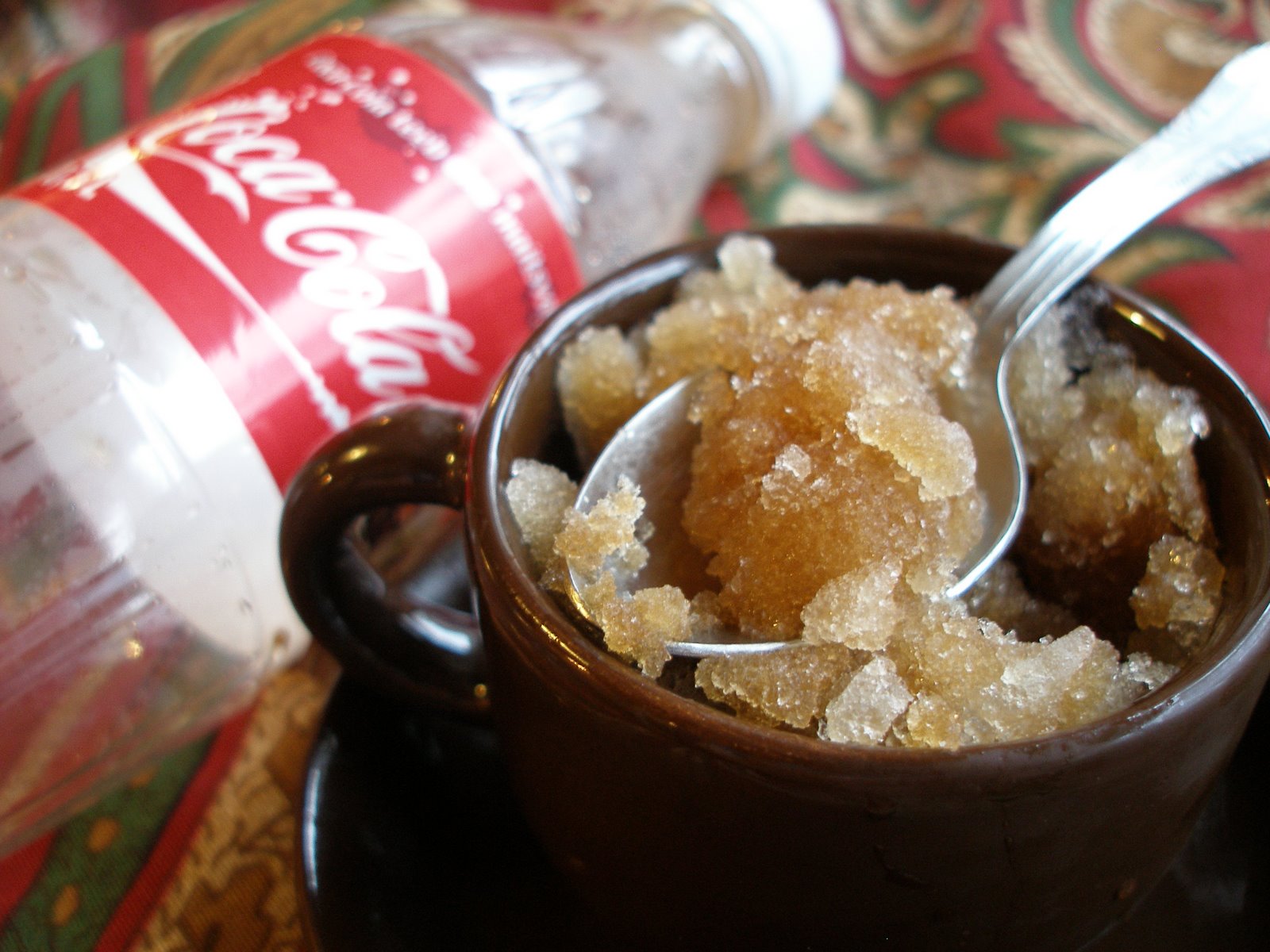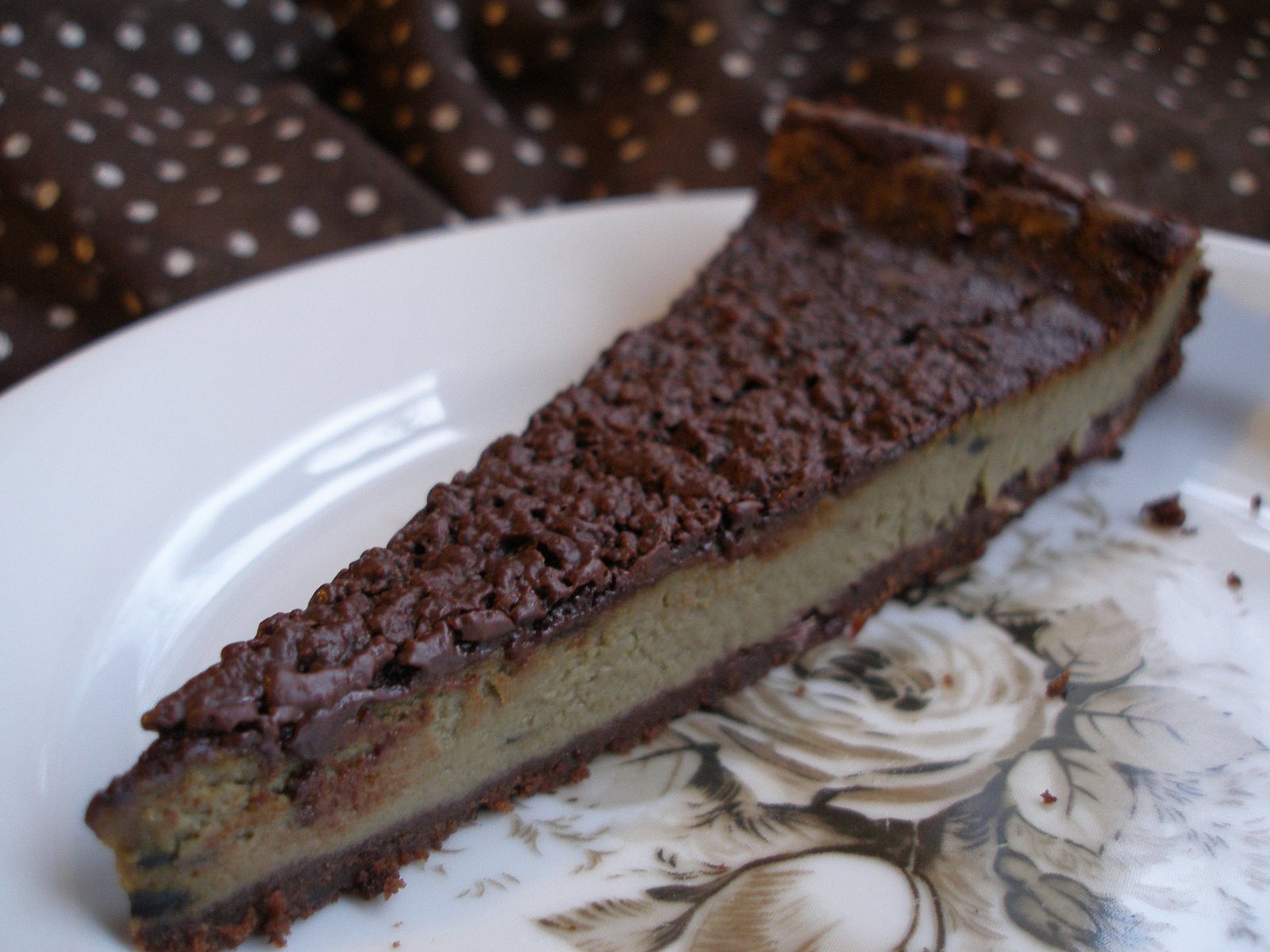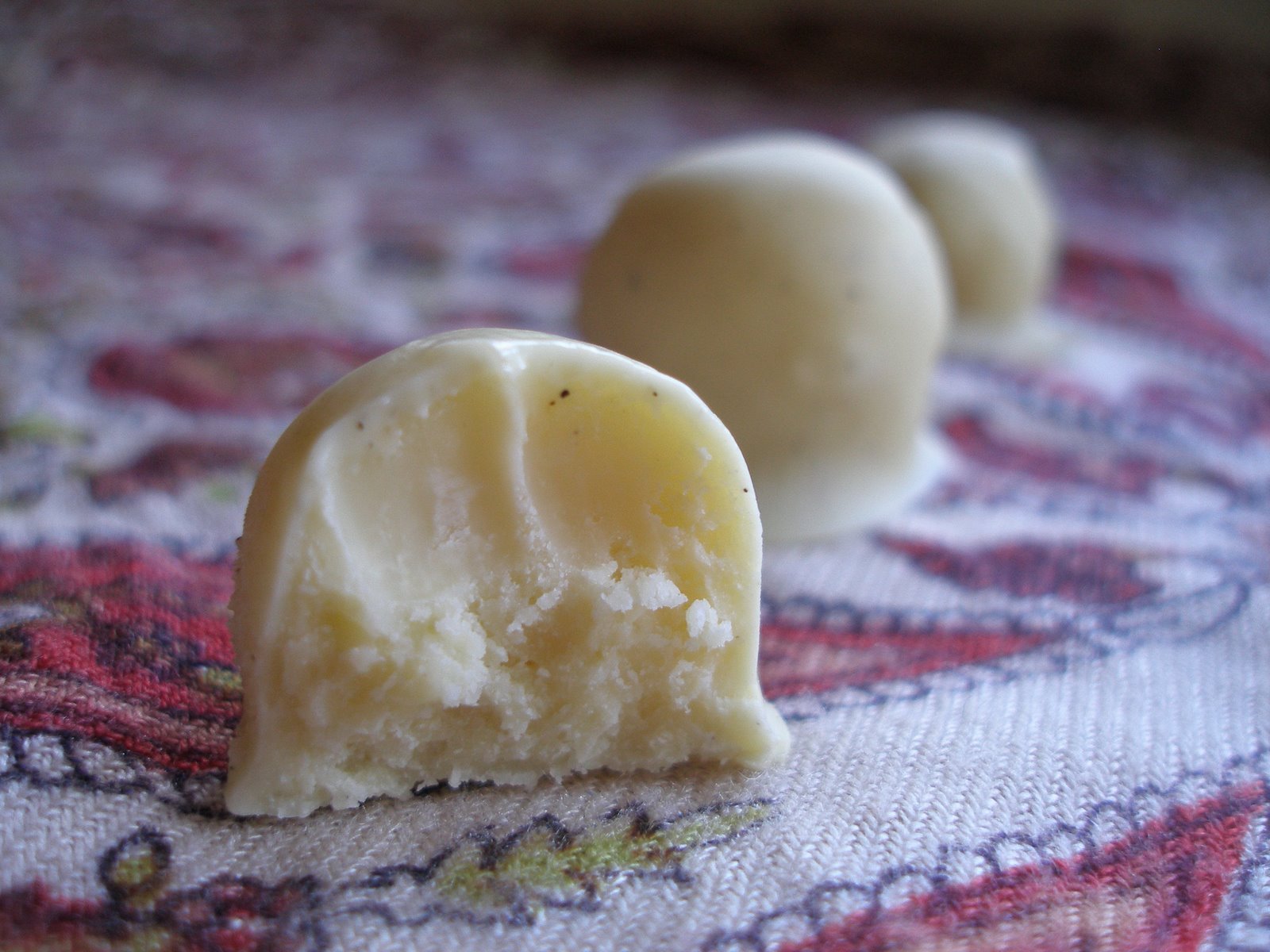
As it was yet a test, I only took three eggs (for what reason? for what?). I put them into marinade on Saturday and kind of felt like eating them three days later, although I had planned to do it after 5-6 days as some recipes suggested. But three days was just fine to have enough taste and a fabulous purple colour. You can adjust the quantity of eggs and marinade for your own needs. The amount of beets doesn't necessarily have to be big.
Pickled eggs with beets
3 eggs
1 boiled beet
1 small onion
2 dl beet juice
0.3 dl balsamic vinegar
0.3 dl soft brown sugar
salt
some basil leaves or dried basil
1. Prepare hard boiled eggs and shell them.
2. Cut the beet and onion into slices, place them into a bowl together with the eggs.
3. Bring the beet juice to a boil
4. Add the balsamic vinegar, sugar, basil and a pinch of salt. Reduce heat and simmer until sugar has dissolved.
5. Pour the marinade over the eggs and cover. Let the bowl stand in the refigerator for three days.
The eggs look really dark on the outside and have a dramatic effect. The inside is not gummy as you might think, it's rather soft and silky. The taste is not acidic, it's truly beety and with a nice sweet accent. I really like the beets too, the thin slices have this nice caramel taste. The marinade that's left over in the end could be used as a sauce for meat after reducing it a bit.
I ate the eggs with cottage cheese and some rye bread. It would be just perfect to serve them sliced to guests, herring as the classical companion. 10 points for camouflage.
The recipe also takes part in the event Food Fight #1, whose host is Allen from Eating Out Loud
Update 1.1007 : The photo takes part in the event Click: the photo event, which is a wonderful new food photographing event that concentrates on a different theme every month.



















